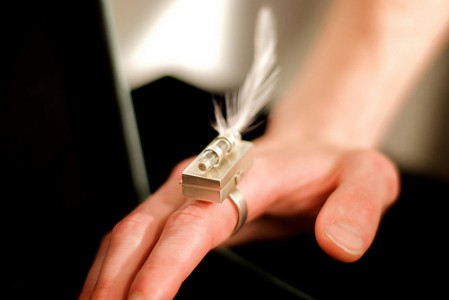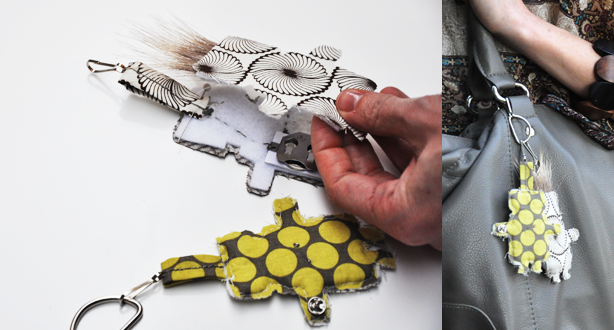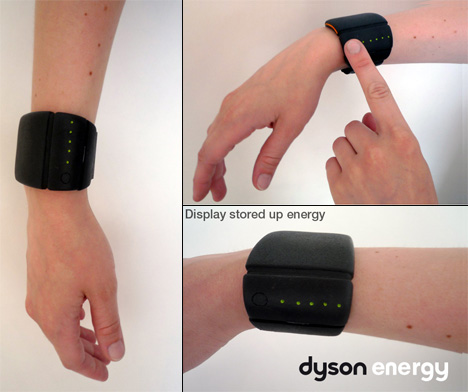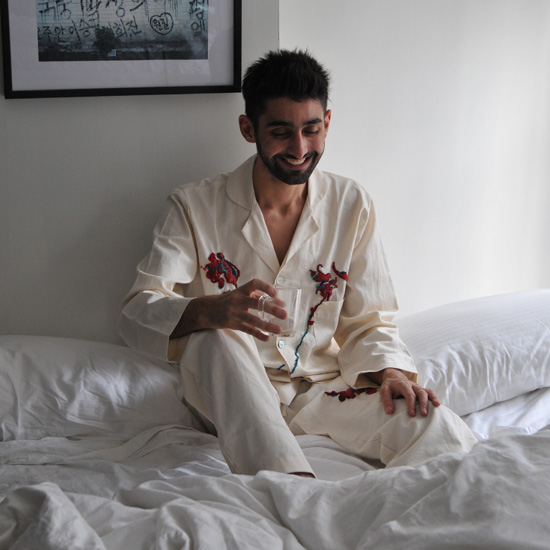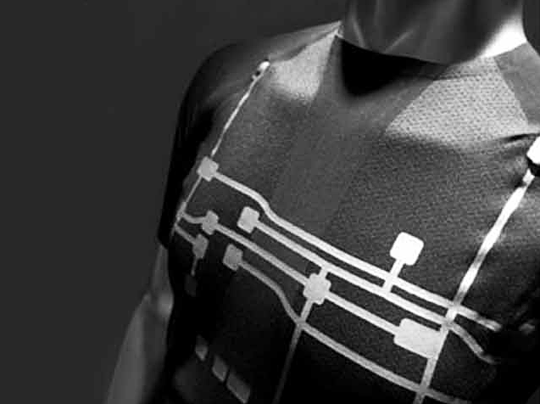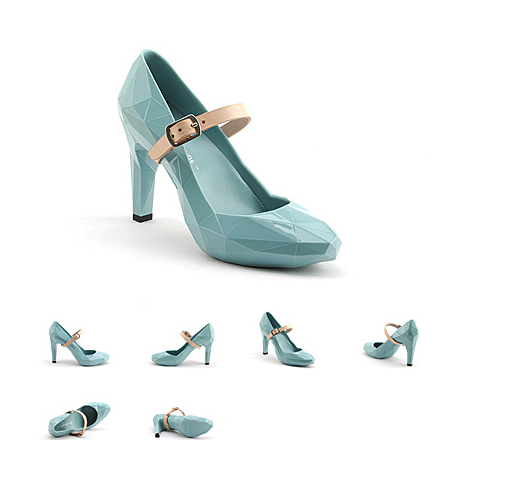 I girl can never own enough footwear. So, in my never-ending quest for shoes that I can't live without, I ran across these beauties created by United Nude founded by the drooling-ly fabulous architect Rem Koolhaas. What's interesting about these shoes is the way in which the surface was designed. The designers at United Nude have been pushing the limits of 3d modeling techniques. The surface pattern of this shoe named "Lo Res" was created by scanning in a 3D model of a shoe, then reducing the model's polygons down to the lowest resolution and smallest file size. As a result, the surface celebrates the model's minimal polygons as if it was stolen from a Second Life avatar.
I girl can never own enough footwear. So, in my never-ending quest for shoes that I can't live without, I ran across these beauties created by United Nude founded by the drooling-ly fabulous architect Rem Koolhaas. What's interesting about these shoes is the way in which the surface was designed. The designers at United Nude have been pushing the limits of 3d modeling techniques. The surface pattern of this shoe named "Lo Res" was created by scanning in a 3D model of a shoe, then reducing the model's polygons down to the lowest resolution and smallest file size. As a result, the surface celebrates the model's minimal polygons as if it was stolen from a Second Life avatar.
Related posts: Digitally Printed Fashion
